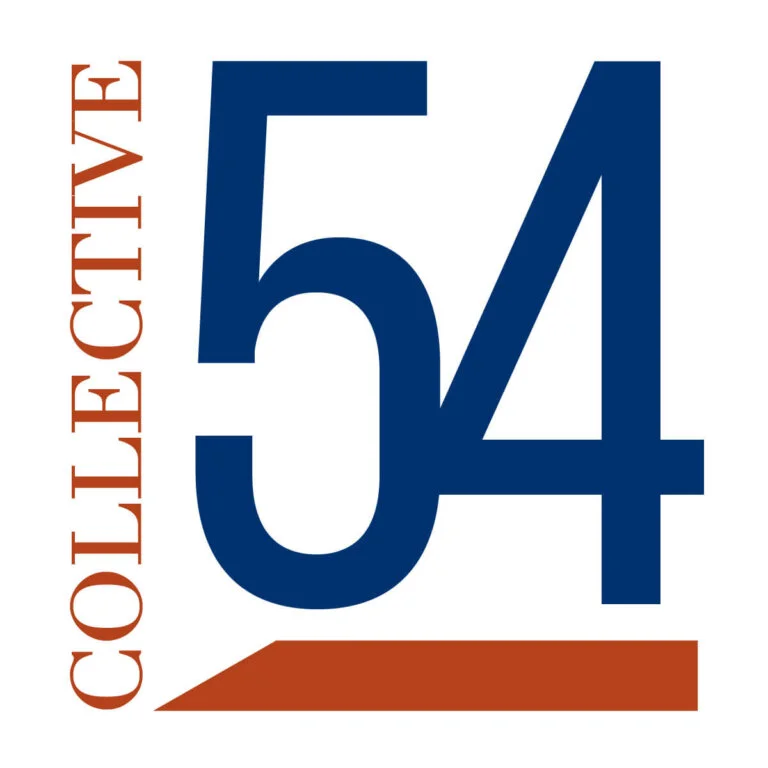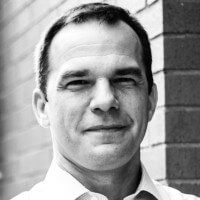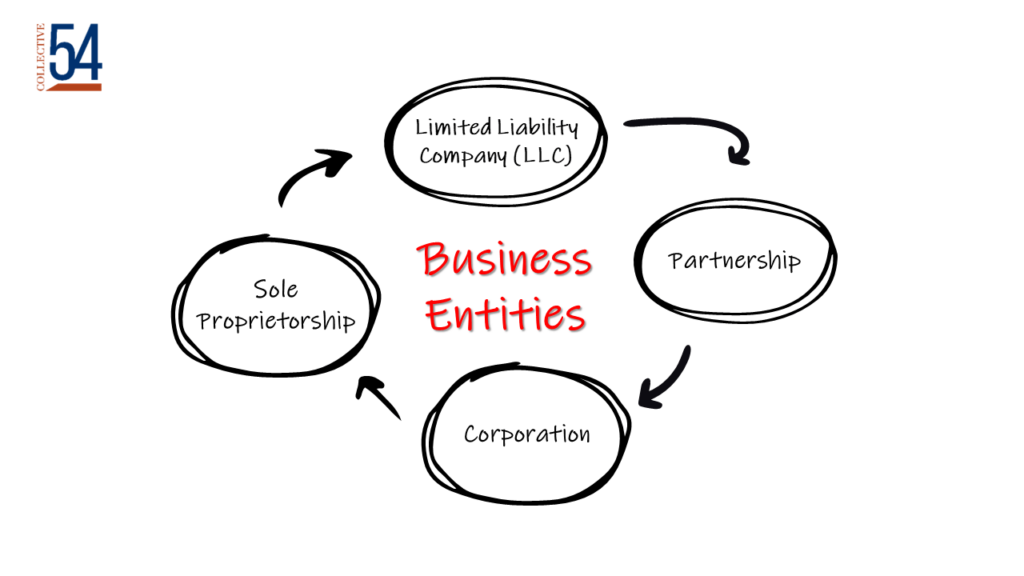Ending a Business Partnership the Right Way
Business partnerships are built on trust, years of collaborative decision-making and, often, an initial foundation of friendship. So, when a rift forms, or simply when partners’ goals diverge, the end of a partnership can be challenging to navigate, both personally and professionally.





